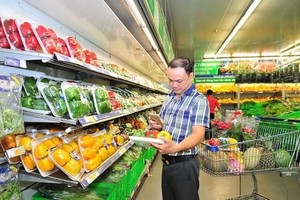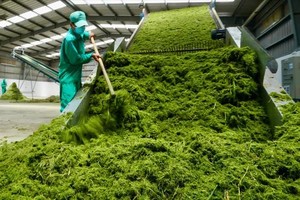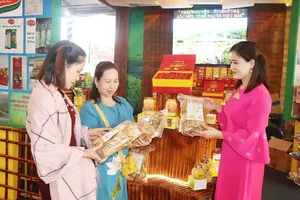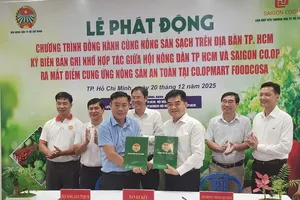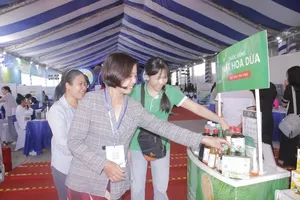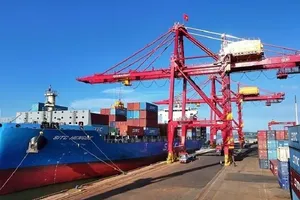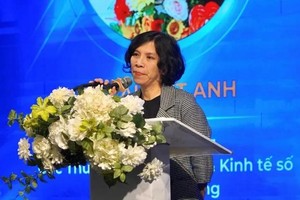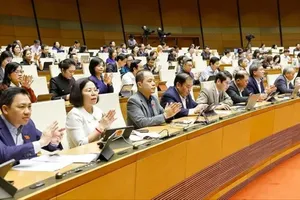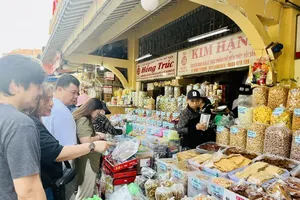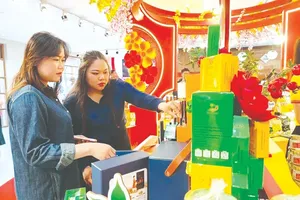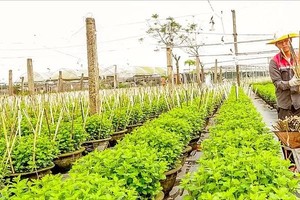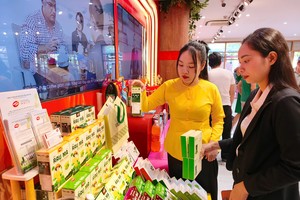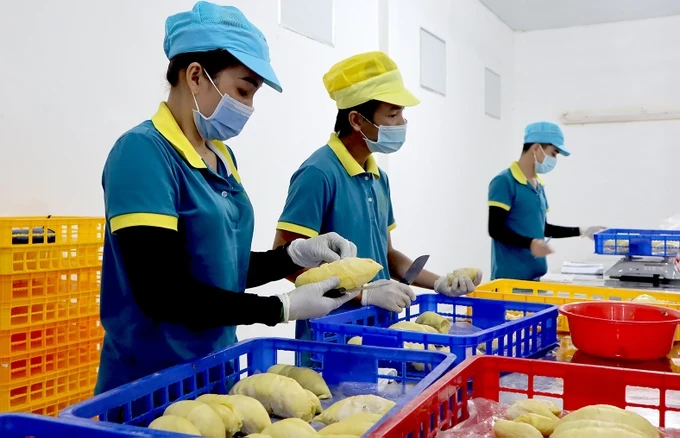
In recent years, although the agricultural sector has planned growing areas and planting output, in reality, the control of the implementation of the planning relaxed, leading to rampant planting and supply exceeding demand. Fragmented production and a lack of comprehensive planning significantly contribute to the inconsistent quality and overproduction of Vietnamese agricultural products.
The Central Highlands Agricultural and Forestry Science Institute has observed that many provinces in the region are experiencing a significant departure from recommended crop cultivation plans. Farmers are increasingly driven by the pursuit of high-value crops, often neglecting the guidance of scientific experts and government authorities, which can lead to overproduction and market imbalances.
The massive development of pepper is the proof of this. In Dak Nong Province, the pepper area is about 36,000 hectares, 2.5 times higher than the planning. In Dak Lak Province, the pepper area has also reached 39,000 hectares, far exceeding the general planning.
There has been a significant surge in durian cultivation across the Mekong Delta, the Southeast region and the Central Highlands region. Farmers have been even increasingly cultivating durian in areas unsuitable for such crops, including those with high salinity levels, aluminum contamination, and inadequate irrigation systems.
According to the Department of Crop Production under the Ministry of Agriculture and Rural Development, in the cultivation plan with the orientation to 2030, the country will develop about 65,000-75,000 hectares of durian, with an output of 830,000-950,000 tons. However, by the end of 2022, the durian area nationwide is about 110,000 hectares, an increase of about 25,000 hectares compared to 2021. The durian area has exceeded the planning by about 35,000 hectares. In recent months, the area of newly planted durian trees has continued to increase sharply.
Meanwhile, Philippine durian is greenlighted to be exported to China. The lure of the export market has ignited a competitive race among farmers in Southeast Asian countries to cultivate durian, with each striving to gain a larger share of this big market.
Facing increasing competition from Vietnam and the Philippines, Thailand has recognized the need to enhance its competitive edge in the global durian market. To achieve this, Thailand is prioritizing the improvement of durian quality while simultaneously exploring innovative export routes, such as road and rail transit through Laos, to reduce transportation time and ensure the delivery of high-quality fruit to international markets.
Vice President of the Vietnam Coffee - Cocoa Association Do Ha Nam explained the dramatic increase in durian cultivation areas in the country, saying that this fruit brings much higher economic profits than other agricultural products.
Currently, coffee and pepper bring in profits of VND300 million- VND400 million per ha annually, while durian trees can bring in about VND2 billion on the same area. Therefore, the agriculture sector difficultly advised farmer to keep growing pepper or other crops.
Director Nguyen Do Anh Tuan of the Department of International Cooperation under the Ministry of Agriculture and Rural Development has cautioned against the uncontrolled expansion of crops like pepper, rubber, and coffee beyond their designated planning zones. He highlighted the risks this poses, including challenges related to land use, water resources, climate conditions, crop varieties, cultivation practices, and management capabilities.
The agricultural sector also pays attention to the prevalence of spontaneous production driven primarily by the pursuit of immediate profits. This often leads to a rapid expansion of cultivation areas without adequate consideration for market demand and supply dynamics, ultimately resulting in overproduction and a decline in product quality.
When many farmers expand their planting area, it leads to a surplus of products. Farmers have had no choice but they have been forced to sell their agricultural products at lower prices or they have been even unable to sell. As a result, they have to destroy or convert crops to other types after only a few years of investment in cultivation.
According to functional departments in the Mekong Delta provinces, the absence of specific regulations prevents management agencies from prohibiting farmers from planting certain crops. Instead, they can only issue recommendations, urging farmers to adhere to planning guidelines to ensure sustainable development, price stability, and market balance.
Director Vo Huu Thoai of the Southern Fruit Institute remarked that while authorities have made efforts to raise awareness, the land ultimately belongs to farmers, giving them the freedom to plant whatever they choose. He noted that when crop prices fall too low during harvest, farmers often resort to cutting down those crops to replace them with others meanwhile businesses are adept at adjusting their investments based on market conditions. When prices are low, they reduce investment and vice versa.
Director Vo Huu Thoai said that he always advises farmers during the planting process that they should not rush to cut down trees when agricultural products have low prices but study the market requirements and reduce investment to lower production costs, waiting for higher prices. This is hoped to help farmers reduce loss.
Director Tran Hoang Nhat Nam of the Department of Agriculture and Rural Development of Tien Giang Province said that the agricultural sector is currently coordinating with relevant units to review the current production. At the same time, it proposed to the People's Committee of Tien Giang Province to instruct the development of durian trees in the province until 2030, in accordance with the local situation and the Ministry of Agriculture and Rural Development’s fruit tree planning.
Commenting on the recurring issue in agriculture where ‘Good harvests bring low prices’ and farmers cry for rescue of agricultural products, Minister of Agriculture and Rural Development Le Minh Hoan emphasized that this is a matter of supply and demand—a law that must be managed. He suggested that when there is an oversupply, efforts should focus on increasing processing to reduce the volume of goods entering the market and standardizing agricultural products to ensure smoother market operations.

